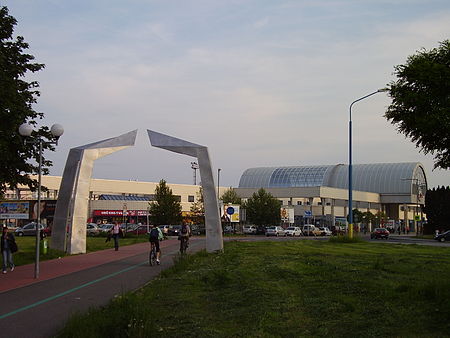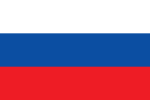Bratislava-Petržalka railway station

Bratislava-Petržalka railway station is a station in Petržalka, the southern part of Bratislava. The station was built in 1897. The station was rebuilt in the 1990s as a terminus for international trains to and from Vienna, which restarted in 1999 after having stopped in 1945. Shuttle trains between the station and Wien Hauptbahnhof operate approximately once per hour. The station is a connection point between the southern Slovak 25 kV/50 Hz electrification and Austrian 15 kV/16.7 Hz.Public transport bus line No. 80 connects the station with the city center and No. 93 (it is necessary to use station's underpass to get to the stop of No. 93) connects the station with Bratislava main railway station where it is possible to transfer to line No. 61 to the M. R. Štefánik Airport or to line No. 210 to the central bus station at Mlynské Nivy.
Excerpt from the Wikipedia article Bratislava-Petržalka railway station (License: CC BY-SA 3.0, Authors, Images).Bratislava-Petržalka railway station
Kopčianska, Bratislava Bratislava
Geographical coordinates (GPS) Address Website Nearby Places Show on map
Geographical coordinates (GPS)
| Latitude | Longitude |
|---|---|
| N 48.122222222222 ° | E 17.098611111111 ° |
Address
Vienna Gate (Viedenská brána)
Kopčianska 3756/8A
851 01 Bratislava, Bratislava
Region of Bratislava, Slovakia
Open on Google Maps









